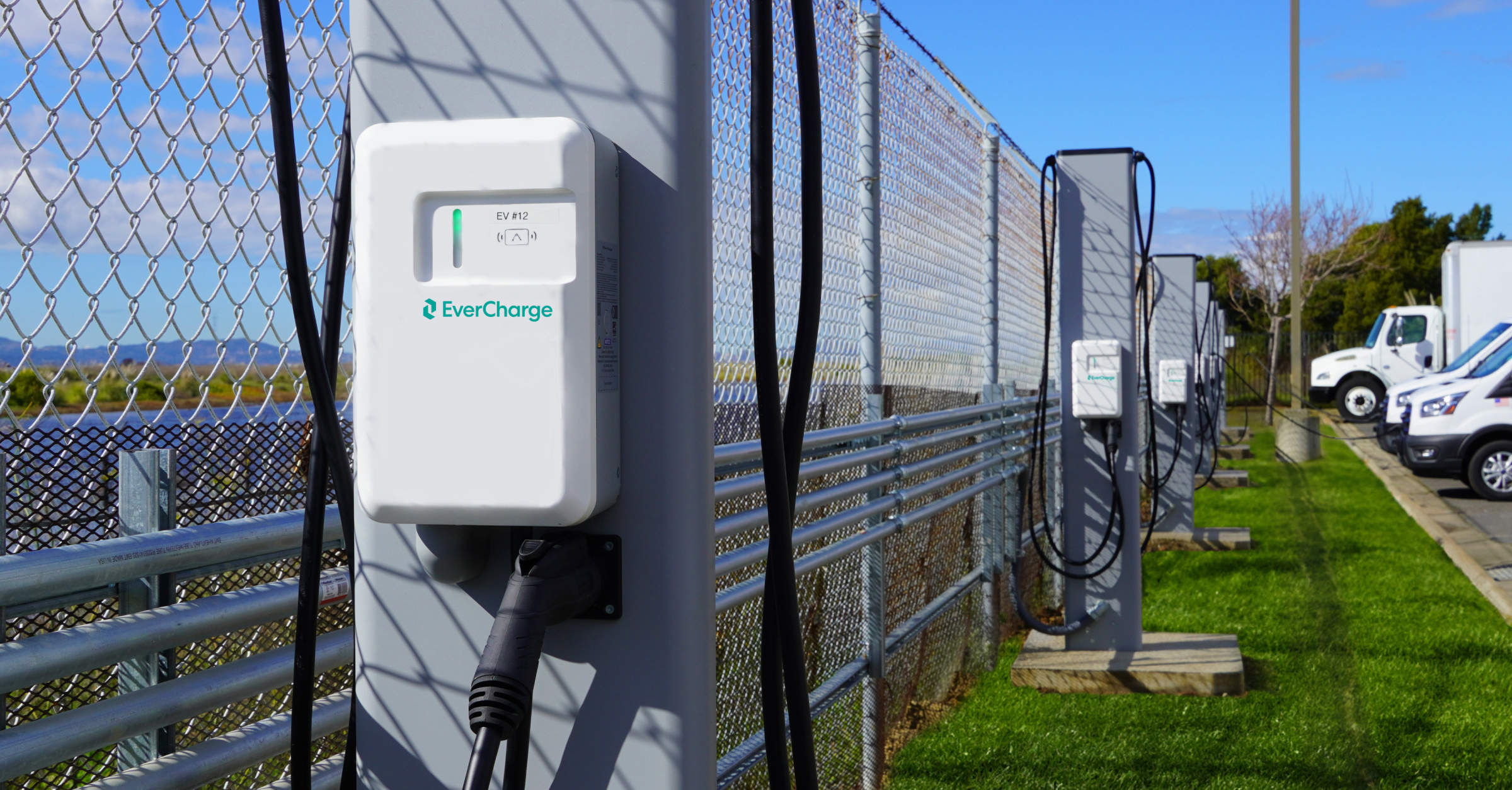When it comes to choosing the right Electric Vehicle Supply Equipment (EVSE), you’ll likely evaluate L3, or Direct Current Fast Charging (DCFC), and Level 2 (L2) charging.
What’s the difference between these two? The answer is simple; DCFC offers exactly what its name implies, fast charging. DCFC chargers are typically found alongside busy traffic areas like highways, gas stations, etc. DCFC chargers can charge an EV from empty to full in approximately 20 minutes to an hour, making this charger most useful in scenarios that require a quick upcharge with little dwell time.
L2 EVSEs are used for charging in scenarios where longer dwell times are present. L2 chargers can charge an EV from empty to full in 4-10 hours. Since most EVs have long periods of time where they're parked, L2 charging speed takes advantage of the EV's natural downtime without any perceived inconvenience of
charging.
How to Choose the Right Solution
Choosing the right solution means understanding your charging scenarios. Are your employees, residents, or visitors leaving their vehicles parked for many hours at a time? Are your fleets charging overnight when not in use? Does your organization need to power very large batteries that run 24/7, like yard tractors and shipping ports?
Is Faster Always Better?
In summary, the answer is no. Charging speed should match the vehicle’s energy and dwell time of the parking session. Typically, L2 charging can easily meet the demand for a wide variety of EVs and charging scenarios.
Here’s why:
- Depot charging with L2 EVSEs is a convenient and cost-effective solution for overnight fleet charging. Not to mention, overnight depot charging doesn’t take your driver off the road, which means more time on the road and more business for you.
- Approximately 80% of EV charging takes place at home, 91% of employees say they love charging at work, and 76% think it's important for employers to provide access to charging.
- Most commutes are on average 30 miles per day, meaning significantly less charging is needed than many might think.
- It’s unlikely that a driver will let their battery get to empty, so most likely, you will not need to charge from empty to full. Infrastructure that is designed for charging from empty to full will be overbuilt, costing the operator more money.
- L2 infrastructures cost less per kWh, creating a lower cost per charge. For example, in California, drivers will pay 40 cents per kW for DCFC, and 30 cents for L2.
So, when does DCFC make the most sense? For very short dwell times.
DCFC can be a convenient option when needed, but typically, it will not be necessary. Choosing an L2 charger and infrastructure will save you money upfront and in the long run, and will be the most efficient charging option in nearly all business and personal use cases.
Curious how to get started with EV charging? Let’s talk.
